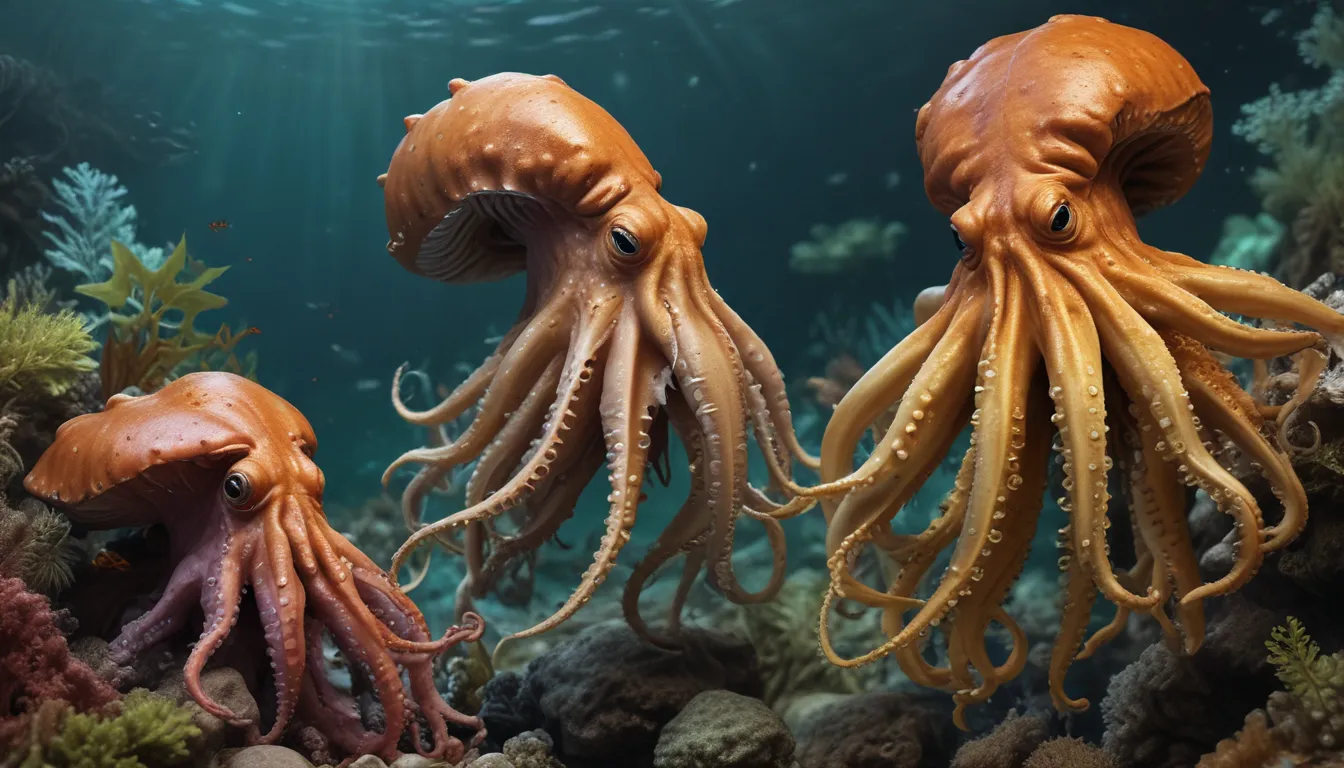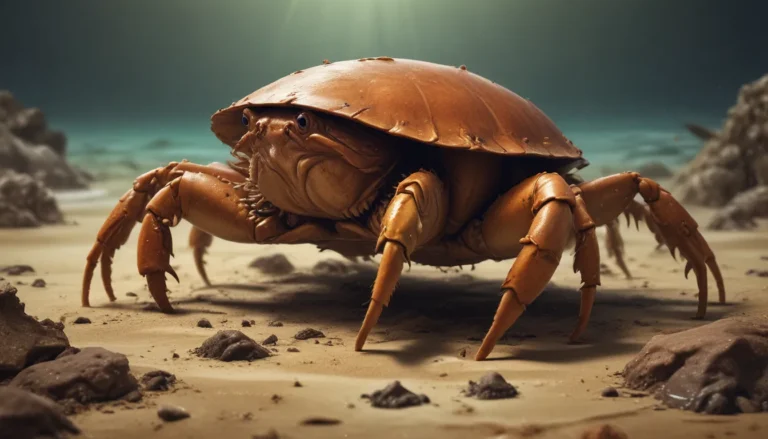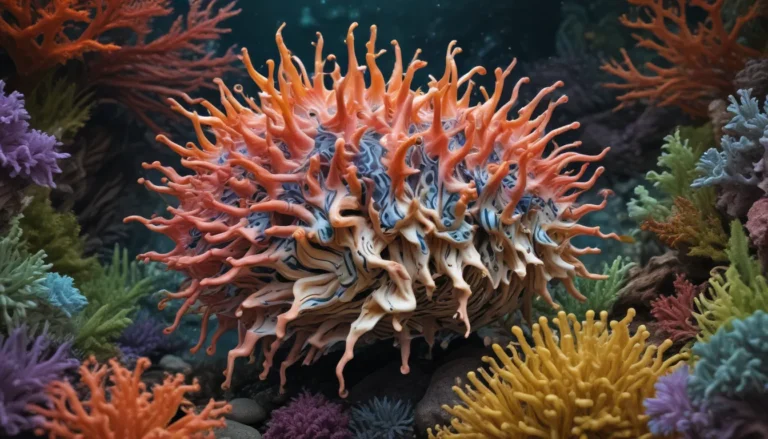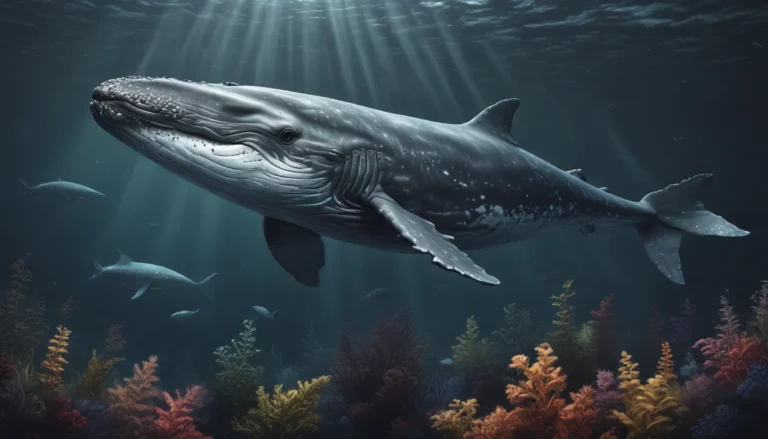The pictures we use in our articles might not show exactly what the words say. We choose these pictures to make you interested in reading more. The pictures work together with the words but don’t take their place. The words still tell you the important facts.
Welcome to the mesmerizing world of the cuttlefish and the squid! These fascinating creatures belong to the cephalopod family, renowned for their intelligence and diverse range of species. Cephalopods, including octopuses, nautiluses, squids, and cuttlefish, have been enchanting us for millions of years with their unique characteristics and behaviors. While some of their kind have disappeared over time, a few still thrive in the depths of the mysterious sea, evading our sight with their incredible camouflage abilities.
Discovering the Differences: Cuttlefish vs. Squid
In the debate of cuttlefish vs. squid, it's essential to understand their physical attributes to distinguish between the two species effectively.
Nautilus Remnants: A Telltale Sign
One key difference between cuttlefish and squid lies in their nautilus remnants. Squids possess a transparent, elongated structure called a pen, which is the remnant of their spiral shell. On the other hand, cuttlefish have a porous cuttlebone made of calcium, allowing them to float effortlessly in the water.
Tentacles and Arms: Length Matters
Another distinguishing feature is the length of their tentacles and arms. Squids boast longer tentacles compared to their arms, enabling them to reach and capture prey effectively. In contrast, cuttlefish have tentacles and arms of the same length, emphasizing their camouflage abilities over hunting prowess.
Unique Pupils and Body Shapes
The cuttlefish's distinctive W-shaped pupil sets it apart from squids, with various theories speculating on its purpose. Additionally, squids have elongated, cylindrical bodies resembling arrowheads, while cuttlefish exhibit rounder or more oval-like shapes with flatter bodies.
Tentacle Count and Size: A Clear Distinction
Cuttlefish boast over ten tentacles surrounding their mouths, providing them with superior maneuverability compared to squids with fewer tentacles. Moreover, cuttlefish are relatively smaller in size, with giant squids reaching impressive lengths seldom seen in cuttlefish species.
Behavioral Contrasts: The Art of Prey Capture
While both cuttlefish and squids exhibit solitary behaviors, their hunting techniques differ significantly.
Mating Rituals: From Kisses to Hypnosis
Cuttlefish engage in unique mating rituals involving direct sperm transfer, contrasting with squids' wrapping behavior during mating. Additionally, some cuttlefish species possess hypnotic abilities to lure prey closer, showcasing their diverse hunting strategies.
Culinary Delights: From Sea to Table
Both cuttlefish and squid have found their way from the ocean depths to our dinner tables, offering delectable dishes rich in flavor and cultural significance.
Calamari vs. Rouille de Seiche
Calamari, a popular dish made from squid deep-fried in batter, is a global favorite. In contrast, traditional recipes like Rouille de Seiche from France feature cuttlefish with tomato-based sauces, offering a unique culinary experience.
Ink Revelations: From Purple to Black
Squid ink is a well-known ingredient in dishes, while cuttlefish ink's unique texture and color add a touch of sophistication to gastronomic creations. The difference in ink properties reflects the distinct flavors each cephalopod brings to culinary art.
Cultural Legacies and Medicinal Wonders
Squids and cuttlefish have left an indelible mark on human culture and medicine, inspiring legends and healing practices spanning centuries.
Sea Monsters and Acupuncture Treatments
Legends of giant squids and colossal squids as sea monsters have captivated audiences, blending myth and reality into fantastical tales. Additionally, the use of cuttlebones in traditional Chinese medicine underscores their medicinal properties in treating various ailments.
Seasonal Breeding Habits and Symbolic Significance
Cuttlefish exhibit seasonal behaviors, shifting from deep waters in winter to shallow breeding grounds in spring and summer. Moreover, their symbolic meanings as animal totems reflect intelligence and adaptability for cuttlefish, while squids symbolize productivity during evening hours.
As we delve deeper into the enchanting world of cuttlefish and squids, we uncover a realm filled with diversity, mystery, and wonder. These remarkable cephalopods continue to intrigue and inspire us, offering a glimpse into the intricate beauty of marine life. Join us on this captivating journey of discovery as we unravel the secrets of the deep sea and celebrate the extraordinary creatures that inhabit it.






